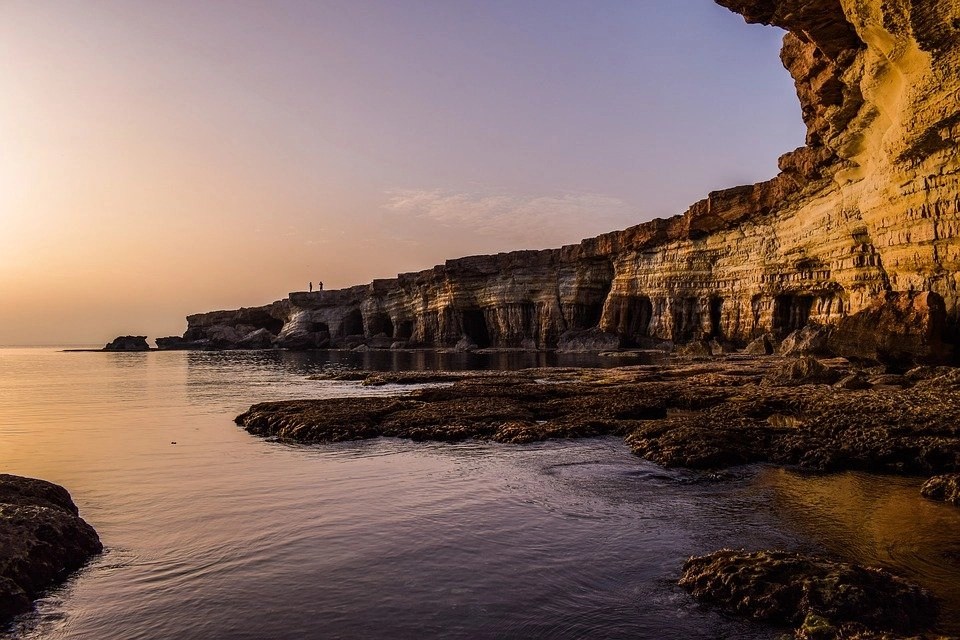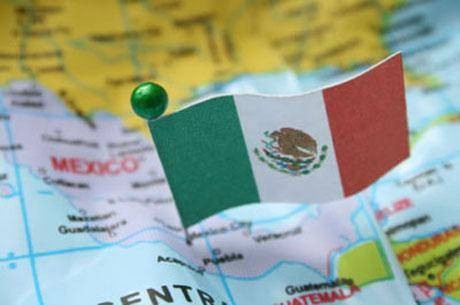
For the next few weeks, we would be talking about Environmental Changes and under Environmental changes, we would be talking about erosion, causes of erosion, effect and control of erosion.
ENTRY BEHAVIOUR
This lesson presupposes that the students understand the concept of changes and the different types of changes. Nonetheless, these are re-explained throughout the lesson.
PREVIOUS KNOWLEDGE
It is assumed that the students have seen an erosion site before
OBJECTIVES
- At the end of this class, the students should be able to define erosion
- They should also be able to identify and differentiate between the types of erosion.
- They should also be able to identify the primary causes of erosion.
- They should also be able to name certain factors that predispose an environment to erosion.
- The students should also be able to mention the effects of erosion and measures that can be taken to control it.
- The students should also be able to clear drainages and plant trees as a preventive measure against erosion.
METHOD OF TEACHING
The lesson would be delivered by;
- Using pictorial evidence in the textbook and by giving notes on the board.
- Field trip around erosion sites (If time is available for that).
Erosion as a Natural Change in Our Environment:
First and foremost, the teacher explains that, although we are surrounded by countless changes, some individuals spend their lives in such a way that they fail to recognize and analyze the pattern of these changes. As a result, such persons face a slew of preventable issues, according to S/he. For example, inhabitants of a building who did not discover cracks in their house until it collapsed; a farmer who does not research the flood pattern and whose land is annually washed by flood, and so on.
The teacher then explains that, as scientific students, the students are required to live with full knowledge of their surroundings – they should always take note of changes in their surroundings and study them, whether bad or positive.
If it is favourable, more research will allow them to duplicate it. And researching unfavourable change will assist them in preventing a repeat. They should also investigate all feasible remedies for unfavourable developments.
Following the explanation, the schoolteacher explains that scientists have investigated several changes in our surroundings that have a detrimental impact on us. S/he goes on to say that these changes are classified into two types based on their origins: natural changes and man-made alterations. The teacher then goes on to explain that this week’s lesson is on one of the big natural changes that are causing problems all across the planet. The instructor then goes on to give the students a heartbreaking narrative about the onset of erosion, maybe even the help of videos, pictures or slides.
The narration should explain what causes erosion as well as the consequences. Next, the schoolteacher would inform the students that the topic for the week’s class is Erosion. The schoolteacher then writes the topic on the board/screen and discusses the class goals.
Definition of Erosion
Erosion can simply be defined as the removal/washing and transporting of soil and rock debris from one location to another on the earth’s surface by water or wind.
Agents of Erosion
The teacher can start by asking this question, in other to see if the students are following, “What can you say are agents of erosion?”.
Agents of erosion are things that transport topsoil from one location to another, in other words, they are the things that cause erosion. Following that, he or she teaches that there are two major agents or causes of erosion. They are as follows:
- Water Erosion
- Wind Erosion
After identifying the agents of erosion, the teacher explains how each agent bring about erosion.
Water’s Role in Erosion
Rain, tidal currents (waves), and ice glaciers all result in erosion. Beginning with rain, the teacher asks the students to explain how each of these types of water results in erosion to ensure that they are following.
Further Explanation on Water Erosion
Water plays an important role in rock erosion because it carries weathered and unweathered minerals away from their initial source. Weathering is the breaking down and loosening of rock and soil into smaller fragments. Erosion is the movement of these worn materials. Although weathering (rock breakdown) contributes to erosion, it is not the same as erosion itself.
Moving water, such as currents in a river or ocean, is particularly important because it transfers Earth’s components from one location to another. The huge volumes of silt carried by rivers as they weave their way to the sea can colour them. Deposition occurs when these particles have settled and collected in a new place.
Water erodes the ground through ocean waves and currents, and after the particles settle and deposit (due to erosion), they are responsible for altering coastlines.
Types of Water Erosion:
1) Splash water erosion 2) Sheet erosion 3) Gully water erosion 4) Rill water erosion.
1) Splash Water Erosion:
This type of erosion is caused by very rapid raindrops scattering top soils. The soil suffers little physical harm as a result of this type of water erosion. Nonetheless, it poses a sufficient problem for plants because it expands soil pores, causing water to flow too quickly into the soil.
2) Sheet Erosion:
This type of erosion occurs in such a way that as water flows or runs off, a small layer of soil is removed. This amount of damage is also not too severe for physical eyes, but for plants – it transports soil nutrients as well as topsoil.
3) Gully Water Erosion:
This type of erosion happens in such a way that water causes the creation of large and deep channels/rills on land. This is the pinnacle of the devastation caused by water erosion.
Water tears through huge fields and forms wide holes/pits known as gullies in gully erosion.
4) Rill Water Erosion:
This is the development of a channel/crack on the ground caused by water. This might result in significant or severe harm to the soil and vegetation.
The teacher should show pictures of the different types of erosion so that the students would be able to identify the different types of erosion when they see them.
Wind Erosion
What is wind Erosion?
Wind erosion is the destruction of land caused by the removal of soil from an area by the wind. Wind erosion is more common on flat ground in dry or sandy locations.
Further Explanation by the Teacher on Wind Erosion
When a powerful wind, such as a dust devil or tornado, blows, it picks up and transports loose dirt particles from one location to another. Wind may also take relatively heavy things into the air; when such objects fall to the earth, they loosen the soil, making it simpler for the wind to carry. The soil particles (mainly sand) carried by the wind generally collect in one location. This buildup is known as a dune.
Factors That Make Land Prone to Erosion
Different things encourage erosion to occur in a place; one is man-made and the other is a result of natural occurrences
Man-made Factors
1) Bush Burning: Here the teacher explains how the burning of bush for hunting or farming purposes, exposes the soil to erosion as a result of the removal of grasses.
2) Poor Drainage: The teacher also explains how poor drainage systems may result in loss of soil particles and lead to erosion.
3) Poor Disposal of Waste: The teacher should also explain what happens when individuals throw trash in streams or gutters, rainwater makes its way by washing off other locations.
4) Road Construction: Here the construction of road leads to the felling of trees, use of heavy artillery vehicles to grade the path and break down soil particles, making the soil prone to erosion.
5) Deforestation: Deforestation is the cutting down of trees or the destruction of forest which leaves the land vulnerable to water and wind that may cause erosion.
Students are also encouraged to mention other factors they consider as contributors to erosion.
Natural Factors
Here the teacher explains how these natural causes may result in erosion
1) Vegetation: The kind of plants or trees that grow in a place would decide how prone a place will be to erosion.
2) Rainfall: Areas that experience more rainfall within a year are prone to experience erosion than other areas.
3) Wind factor: Windy Areas would likely experience more wind erosion
4) Soil Type: This plays an important role in how prone a place would be to erosion, some soil (sandy) absorbs or drains water more quickly than others (clay and loamy). As a result, minimal rain leads to less erosion.
5) Topography: Water runs off quicker on sloppy ground, eliminating more topsoil, whereas plain or level land does not.
The students can be should videos or pictures of soil types, they should also experiment by themselves on the different soil types.
Effects of Erosion
The teacher can also explain with the aid of pictures and videos, the effects of erosion on the environment.
1) Erosion leads to changes in environmental structures.
2) It leads to the destruction of life and property.
3) It results in poor crop yield.
4) Shortage of foods
5) Loss of soil nutrient
6) waste of resources
Control of Erosion
Since we have been able to identify the bad effects of erosion, how can we control erosion? Here the teacher can ask for suggestions from the students, to ensure that they are following the class.
We can start by correcting some of the factors that may leave a place prone to erosion.
1) Afforestation: We can plant more trees around areas that are prone to water and wind erosion. This is the opposite of deforestation.
2) Proper Refuse Disposal: People should clean up their environment regularly. Community waste management agencies or corporations should be used by the government and communities.
3) Proper Drainage: The government should ensure that road-building firms build high-quality roads that will survive for a long period. Companies should also build adequate drainage and cement it to keep water from eroding at the edges. Drainages should be cleaned from time to time to avoid blockage and erosion.
4) Burning Bush: There should be laws made by the government against indiscriminate burning of bush and those who defile those laws should be punished.
Topic Evaluation
The teacher assesses the students’ comprehension by assigning topic-related exercises.
1) The students would be expected to be able to define erosion
2) They should be able to mention the types of erosion
3) The students should be able to mention the types of erosion, effects and measures that can be taken to control as well as prevent erosion.



